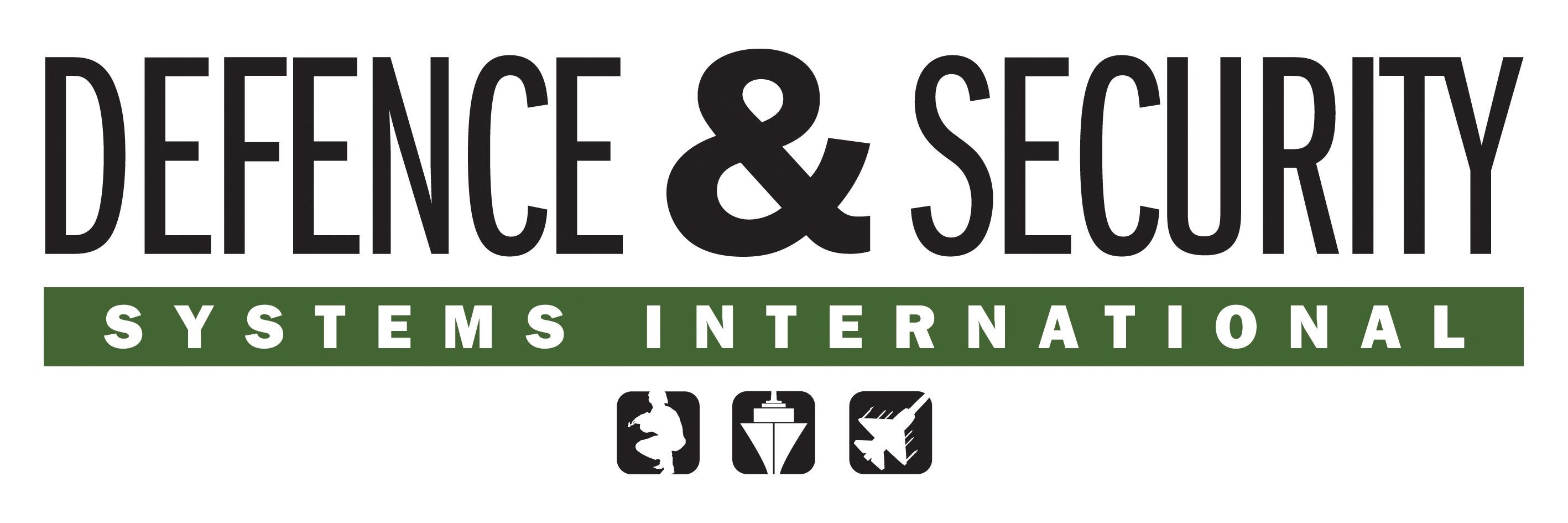
In December 2012, icasualties.org, an independent statistics website, reported that of the 492 coalition forces deaths suffered in Afghanistan in 2011, 252 were the result of improvised explosive devices (IEDs), marking approximately 51% of total fatalities.
Since the US invasion in October 2001, IEDs have posed an unrelenting and lethal threat to both military personnel and civilians – so far, the death toll exceeds 1,200. And despite the projected withdrawal of Nato troops, to be staggered over the next two years, it is estimated that thousands of new home-made devices continue to be planted across the country each month.
IEDs have long been a feature of unconventional warfare, popular with insurrectionary and rebel forces. Their first employment can be traced back to the Belarusian resistance during the Second World War, in which local guerrillas used command-detonated explosives to destroy railways and communications, derailing thousands of German trains. Two decades later, the Viet-Cong notably deployed a sea of booby traps and mines during the Vietnam conflict, responsible for a number of US fatalities, while IEDs were also commonplace during the troubles in Northern Ireland; however, facilitated by the seemingly incessant free-flow of bomb-making materials entering the country via the Pakistan border, the present scale of attacks in Afghanistan is unparalleled.
EDA’s IED focus
While US forces represent the bulk of Nato’s presence, European military divisions still account for 30,000 of the aggregate 130,000 soldiers currently stationed across Afghanistan’s provinces. Subsequently, last year, counter-IED was cited by the European Defence Agency (EDA) as a red-light priority.
Established in 2004, the EDA is an EU agency designed to support 27 of the 28 member states – Denmark being the only nation to opt out – in bolstering their defence capabilities on a collective scale. According to Jim Blackburn, EDA assistant capability director, a holistic approach is essential in tackling the litany of complexities associated with IEDs.
"We are trying to address the whole problem concerned with IEDs, not just specific pieces," he explains. "This entails analysing every facet, from concepts and doctrines to organisation and training, and then asking member states which of those issues they wish to address. Although tricky, we believe we are covering every front."
As Blackburn insinuates, this is no mean feat due to the intractable nature of IEDs. As well as the challenge of quelling proliferation among rebel factions, devices are becoming more advanced and insidious. In addition to the age-old makeshift explosive of farming fertiliser, dirty bombs have become more prevalent in recent years, signalling a more complex challenge for disposal teams.
Detection can be exacting. While rigorous vigilance remains the primary means of forestalment – common indicators include turned-over soil on roadsides and abandoned vehicles – many of today’s homemade devices contain minimal quantities of metal, making it difficult for them to be traced by detection equipment, and can also be triggered by remote-control detonation and infrared light beams. This has resulted in more in-depth counter-IED training. The EDA runs a set of courses – some in conjunction with Europol and police and military organisations throughout Europe – as a means of equipping member states with the skills, imperative to detecting and defusing devices. So, what challenges have been singled out?
"Recently, we ran a course on counter-IED manual neutralisation, predominantly concerning dirty bombs, which need to be taken apart by hand rather than using robots," says Blackburn. "We are also planning to run a course on ground sign awareness, which will focus on the ability to look at a piece of ground and identify if something is amiss, such as a protruding wire or a buried pressure plate.
"There is a range of courses. The important thing is that we are listening to what member states are asking us to do. There are areas in which nations are keen to develop capabilities. As a result, we have set up these exercise courses with the intention of training individuals who can then go back to their countries and put into practice what they have gained on the course."
Full capability lab
Perhaps the most pertinent challenge comes in being able to identify those responsible for the manufacture of the bombs, as well as where the components derive from, and ultimately, unveiling the umbrella groups supplying and supporting new and pre-existing IED networks.
Consequently, in September 2011, the EDA deployed a forensic laboratory in Kabul, which analyses IEDs recovered from incidents. "The lab is not just a piece of kit, but a full capability," says Blackburn. "A huge amount of work went into clarifying the arrangement for deployment of the lab and the equipment, which belongs to all member states. The lab supports International Security Assistance Force (ISAF) counter-IED efforts as well as Afghan security forces."
In supporting the ISAF – which operates under the auspices of Nato – the project has received positive reports in making a marked contribution to counter-IED efforts. Deployed by France as lead nation, Blackburn is hopeful that it will also assist fellow member states in fostering a greater insight into the IED spectrum.
"While the lab operates under a French flag, it was developed in order to provide all EDA member states with a capability template for forensic exploitation and work in support of counter-IED operations," he says. "At the end of the initial 18-month deployment, it is hoped that the lead nation will also be able to shed more light on common staff requirements, procedures and how the lab should operate."
But technology alone will not be enough to solve the problem. According to Blackburn, the recent instalment also elucidates the collaborative ethos shared by member states in their counter-IED efforts. As well as France, the laboratory is manned by personnel from Spain, Poland and the Netherlands, while Italy, Romania and Sweden will send over manning contributions in the coming months.
"We are not just talking about centralised EU capabilities, but also within the context of respective EU member states," he says. "In looking at different IED concepts, we are working closely with Nato, as well as organisations such as the Counter-IED Centre of Excellence in Madrid and the Military Centre of Excellence in Ingolstadt. Every step we take is aimed at increasing interoperability and cooperation."
This article was first published in our sister publication Defence & Security Systems International.




